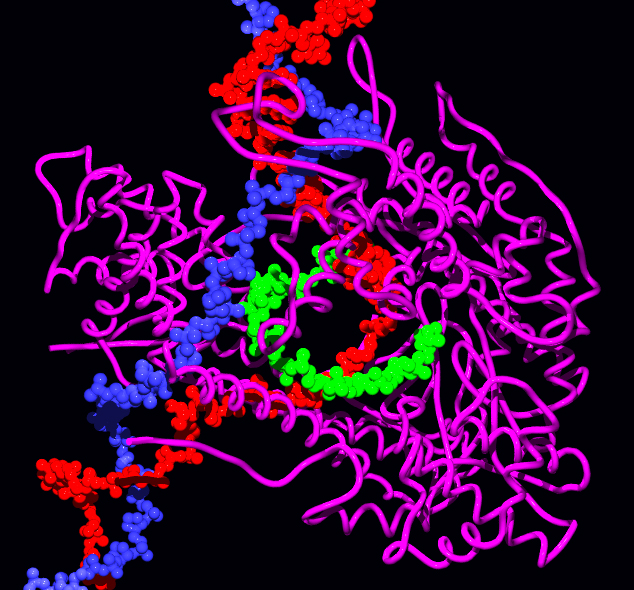New Study Unveils RNA Shape-Shifting Mechanisms in Cells

A groundbreaking study led by molecular biologist Danny Incarnato at the University of Groningen has identified numerous RNA shape-shifting mechanisms in both human and bacterial cells, highlighting their regulatory roles in protein synthesis. Published on July 25, 2025, in Nature Biotechnology, the research reveals that RNA molecules, which are traditionally understood solely as carriers of genetic information, can adopt intricate two-dimensional (2D) and three-dimensional (3D) structures that significantly influence cellular functions.
The ability of RNA to switch between different shapes is akin to an ON-OFF switch, modulating the interaction of ribosomes with RNA to facilitate protein translation. Incarnato, in his previous work, developed a method for mapping these alternative RNA structures in living cells, which forms the basis of this study. His team, including postdoctoral researcher Dr. Ivana Borovska, leveraged evolutionary data to enhance the identification of functional RNA structural switches with remarkable accuracy.
This innovative approach led to the discovery of hundreds of regulatory RNA switches, one of which reacts to temperature changes to help bacteria cope with cold stress. "Identifying a significant number of switches is a first step. The next step is to find ways to influence their functioning," Incarnato stated. This could potentially lead to the development of small molecules capable of modulating these switches, paving the way for novel treatments for various diseases.
The research, which spanned over three years, builds upon six years of fundamental studies focused on detecting 2D RNA shapes. Incarnato remarked, "This is revolutionary, something the whole field has been seeking for years," emphasizing the significance of their findings in the broader context of molecular biology.
Experts in the field have recognized the implications of this work, noting that understanding RNA's structural dynamics could unlock new therapeutic avenues. Dr. Emily Carter, a molecular biologist at Stanford University, highlighted that this research provides insights into how RNA structure affects gene expression and cellular responses. Meanwhile, Dr. Mark Stevenson, a bioinformatician at MIT, pointed out that the evolutionary perspective employed in this study adds a valuable dimension to RNA research, potentially guiding future experimental designs.
The findings could have substantial implications for synthetic biology and medical research, particularly in designing RNA-targeted therapies. As Incarnato and his team prepare for the next phase of research, the scientific community watches closely, anticipating further developments that could transform our understanding of RNA and its multifaceted roles in cellular biology.
In summary, this study represents a significant advancement in the field of molecular biology, shedding light on the complexity of RNA structures and their regulatory capabilities. The potential for developing new therapeutic strategies based on these findings could have far-reaching consequences for treating diseases linked to RNA dysfunctions. As research continues, the hope is to harness this knowledge for practical applications that benefit human health.
Advertisement
Tags
Advertisement





